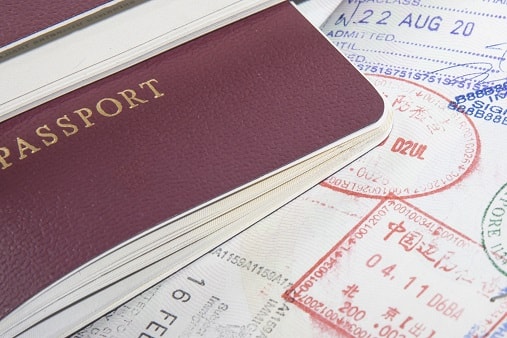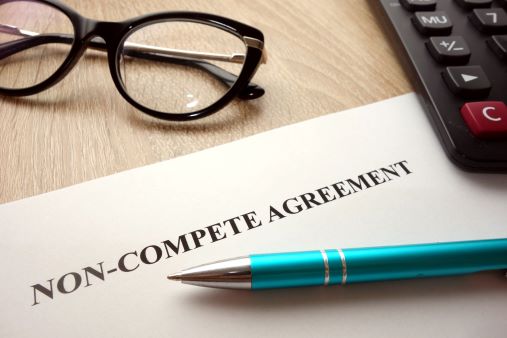A new season brings opportunities for change, and not just with respect to the color of the leaves. As companies enter the last quarter of the year, an opportunity presents itself for employers to ensure compliance with I-9 and E-Verify, as well as to make lasting changes to their U.S. immigration compliance efforts.
Federal law requires employers to use Form I-9 to document employment eligibility, and provides protections for Form I-9 and E-Verify processes, prohibiting employers from engaging in discrimination. Of note, employers must retain Form I-9 for each person hired for employment in the United States since November 6, 1986. Although some employers use the paper version of Form I-9, others also participate in E-Verify, a voluntary web-based system that compares information from an existing Form I-9 to government records to confirm an employee’s authorization to work in the U.S.
Here are five practical compliance initiatives to consider this fall:
- Ensure your team is using the correct version of Form I-9. The new version of Form I-9, introduced in 2023, increases electronic accessibility and provides more guidance with respect to acceptable documents. The new version also includes updates to form language, advising employers on how to avoid discrimination in the Form I-9 process.
- At present, employers must use the Aug. 1, 2023, edition of Form I-9, which features an expiration date of either July 31, 2026, or May 31, 2027
- Update your internal I-9 policy, especially if you use remote verification. With the new Form I-9, remote verification is permitted if the employer uses E-Verify and meets other requirements. Now is a great time to align your existing employment verification procedures to reflect the latest changes in I-9 compliance.
- Implement annual compliance training for your human resource and onboarding teams. Ensure your team understands the most recent changes to Form I-9, as well as new procedures and acceptable documents for verification of identity and work authorization.
- Confirm your E-Verify policy. E-Verify is currently voluntary with exceptions for federal contractors and certain state mandates. More than 20 states currently require E-Verify for certain public and private employers.
- The following states have E-Verify enrollment as a condition for some or all employers: Alabama, Arizona, Colorado, Florida, Georgia, Idaho, Indiana, Louisiana, Michigan, Minnesota, Mississippi, Missouri, Nebraska, North Carolina, Oklahoma, Pennsylvania, South Carolina, Tennessee, Texas, Utah, Virginia, and West Virginia
- Initiate an annual internal I-9 audit. Regardless of the version of Form I-9 in circulation, compliance is always in season. A recommended practice to ensure compliance is to conduct an internal audit of employment eligibility, especially in the event of a pending merger, acquisition, or other corporate restructuring.
- Audits provide an opportunity to correct internal practices by identifying issue, and highlighting key patterns of errors in employment eligibility assessments. Further, audit findings prompt internal training opportunities, leading to positive effects for seasons to come.
- Correction of “curable defects” can help employers avoid civil fines for I-9 paperwork violations, which typically range from $281 to $2,789 per violation. An employer may incur steeper fines, ranging from $698 to $27,894 per worker, if the employer knowingly hired or continued to hire a worker without work authorization.
In addition, internal audits enable employers to demonstrate good faith efforts (and could reduce fines) in the event of an audit by Immigration and Customs Enforcement (ICE). ICE’s “enhancement matrix” considers certain aggravating and mitigating factors to calculate specific fines to be levied, with such factors including an employer’s good faith.
An internal audit, as well as subsequent corrections, demonstrates a company’s good faith effort to comply with the Form I-9 process. Additionally, these efforts preserve a company’s affirmative defense to a claim of knowingly employing undocumented workers.
This article was co-authored by Tieranny Cutler, independent contract attorney.












